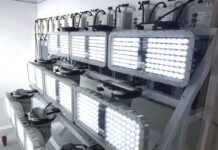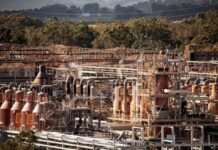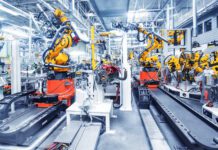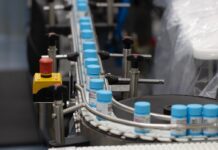
A new study led by the University of South Australia has proposed a comprehensive product stewardship scheme for solar panels, which the Federal Government prioritised several years ago.
According to a paper by UniSA researcher Professor Peter Majewski that was published in AIMS Energy, manufacturers need incentives to create solar panels that can be more easily recycled if they are broken or no longer covered by warranty.
Prof Majewski stated there are certain straightforward recycling measures that may be done to reduce the waste volume, such as removing the frames, glass covers, and solar connectors before they are disposed of.
“Australia has one of the highest uptakes of solar panels in the world, which is outstanding, but little thought has been given to the significant volume of panels ending up in landfill 20 years down the track when they need to be replaced,” the professor remarked.
Following the example of certain European nations, Prof Majewski said landfill bans are already in effect in Victoria, pushing current installers to start considering recyclable materials when producing the panels.
Landfill bans, he continued, are a potent instrument, but legislation is needed to make sure that waste is not just moved to places with laxer restrictions.
Solar panel history-tracking serial numbers might keep tabs on recycling practices and guarantee environmentally responsible disposal, the professor noted.
To date, many European countries have laws in place requiring electric car makers to use materials that allow 85 per cent of the vehicle to be recycled when the vehicle is no longer needed.
UniSA reported that solar panels made of weatherproof polymers offer environmental hazards since they burn up and release the toxic chemical hydro-fluorite.
In the worst circumstances, exposure to the gas can leave lifelong damage and cause headaches, nausea, and pulmonary edema in addition to significant eye irritation and burning.
Silicon, the second-most prevalent element on Earth after oxygen and the most widely utilised conductor in computer chips, is another key component of solar cells, the university noted.
“About three billion solar panels are installed worldwide, containing about 1.8 million tons of high-grade silicon, the current value of which is USD 7.2 billion. Considering this, recycling of solar PV panels has the potential to be commercially viable,” Prof Majewski explained.
Reusing solar panels that are still in good working order, according to Prof Majewski, might also create a second-hand industry.
“Solar panel re-use offers a variety of social and environmental benefits, but consumers will need guarantees that second-hand panels will work properly and provide a minimum capacity in watts.”
Any end-of-life regulation must handle both new and existing panels and assist the development of a second-hand economy, he concluded.




















